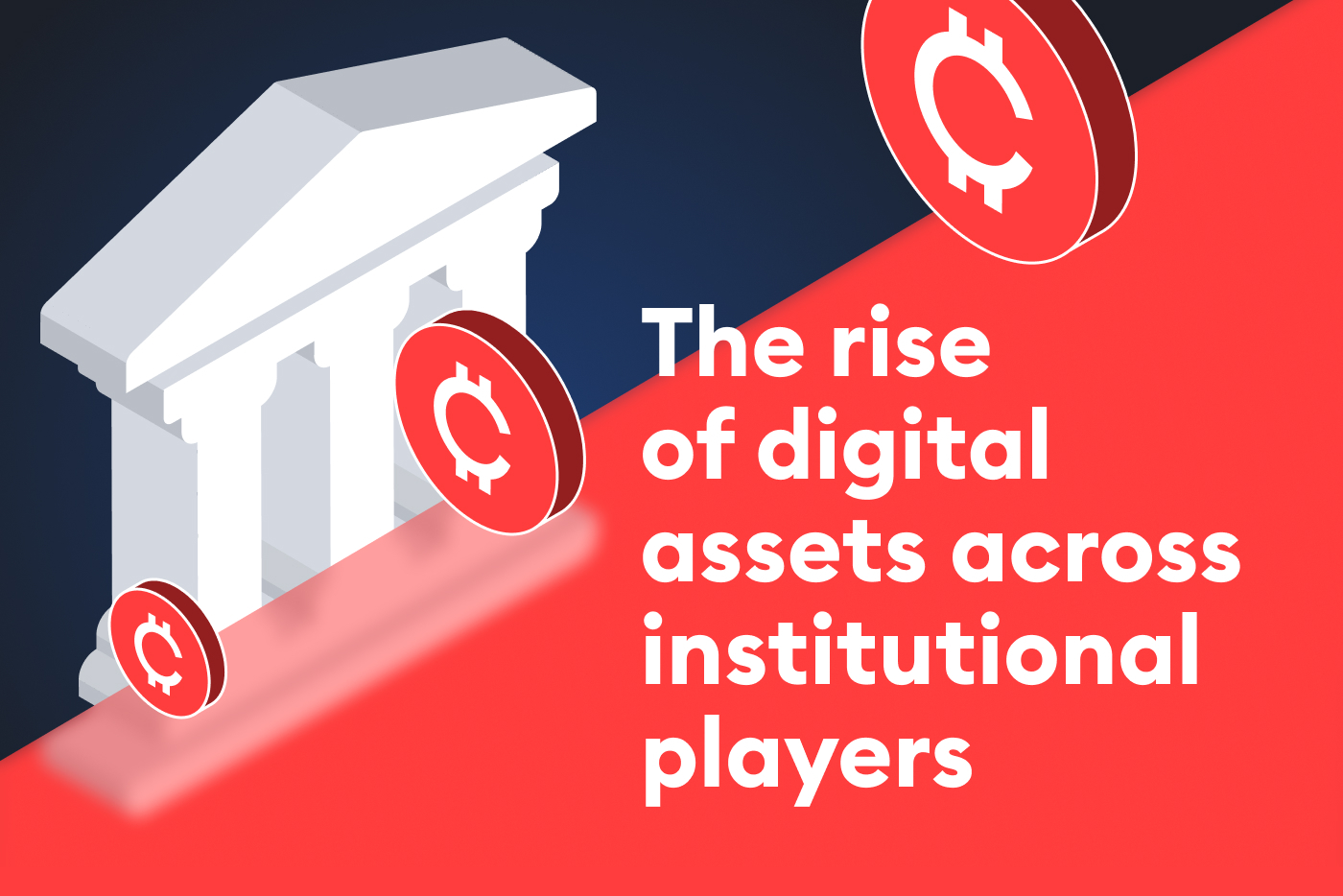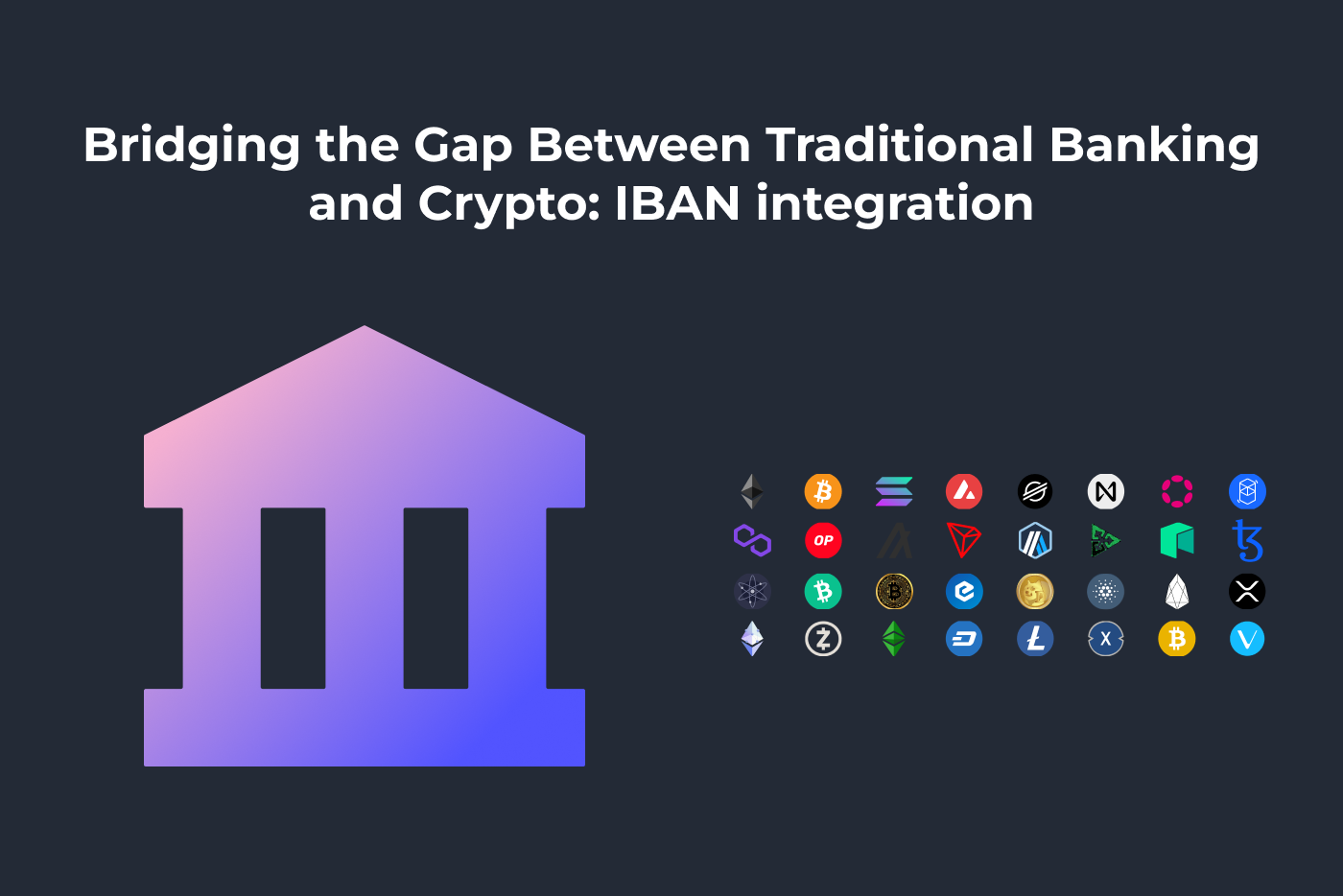
In recent years, there has been a significant increase in the use and acceptance of cryptocurrency, with its appeal extending beyond just retail investors. Notably, institutional players such as major financial institutions, investment firms, and corporations, are now taking a keen interest in digital assets, and their adoption is rapidly gaining momentum.
The adoption of crypto by institutional players is driven by several factors:
- The growing demand for alternative investments;
- The increased recognition of the potential of blockchain technology;
- The emergence of regulatory frameworks;
- Crypto’s potential for high returns. Digital assets have experienced significant price growth, with Bitcoin reaching an all-time high of almost $65,000 in 2021, up from just a few cents when it was launched in 2009. This has attracted the attention of banks, hedge funds, and pension funds that are looking for high-risk, high-reward investments.
- Several advantages over traditional finances, such as faster settlement times, lower transaction fees, the ability to operate 24/7, and greater transparency, as blockchain networks are designed to be tamper-proof and immutable, making them less susceptible to fraud and hacking.
Which players have adopted digital assets?
Several major financial institutions have already taken steps to enter the digital assets space. In March 2021, Morgan Stanley became the first major bank to offer its wealth management clients access to Bitcoin funds. Other large banks, including JPMorgan, Goldman Sachs, and Citigroup are also exploring ways to enter the digital assets space.
Another remarkable case is Fidelity Investments – one of the largest asset managers in the world. At the beginning of 2018, the company introduced Fidelity Digital Assets, a subsidiary that provides institutional investors with a secure way to invest in cryptocurrencies. In 2022 Fidelity Investments announced that its customers could soon add Bitcoin to their retirement savings.
A group of U.S. senators encouraged Fidelity to reconsider its use of Bitcoin, claiming that crypto exposes retirement savers to unnecessary risk. But Fidelity’s Bitcoin offering is still valid. Fidelity is just one of many large firms that have not backed away — it continues to publicly declare that digital assets are full of opportunities. Fidelity published a survey of more than 1,000 institutional investors that found that 51% of them had a positive perception of digital assets in 2022, the year of a downtrend on the market, compared to 45% in 2021, the bull year of massive digital asset adoption.
Also, Fidelity, among other Wall Street giants Charles Schwab and Citadel Securities, partnered to launch a cryptocurrency exchange called EDXM. The venue “combines innovative technology with best practices from traditional finance,” such as a focus on regulatory compliance, according to EDXM’s website.
Nasdaq introduced Nasdaq Digital Assets in September 2022. The exchange claims that its new business will give opportunities to large institutions to securely participate in trading and holding crypto.
BlackRock, the world’s largest asset manager with $8.6 trillion in assets under management, partnered with Coinbase, enabling the institutional clients of BlackRock’s investment management platform Aladdin to hold and trade crypto.
BNY Mellon, America’s oldest bank, launched a service in October that also holds crypto for its clients. As of September 30, BNY Mellon had $42.2 trillion in assets under custody and $1.8 trillion in assets under management.
If we look at the most active investors based on the number of investments in blockchain companies, we will see traditional financial institutions such as KB Financial Group, United Overseas Bank, Citigroup, Goldman Sachs, and Commonwealth Bank of Australia.
The uptrend of institutional adoption, even in such unstable market conditions, represents a growing sense among institutions that crypto is here to stay and the emerging asset class will soon face massive recognition.
Conclusion
The rise of digital assets across institutional players is a testament to the growing recognition of their potential. As more institutions enter the crypto space, the market is likely to become more liquid, secure, and regulated, which will ultimately benefit all participants.
If you’ve also seen huge opportunities in this trend and want your business to get a competitive edge among your crypto-negating competitors, get in touch with our team.
Check our recent articles to learn more about our all-in-one white-label products: Scalable Lite Instant Exchange VS Pro Exchange: Which One Suits You Best?, Introducing Lite Instant Exchange: The Gateway to 300+ Million Crypto Users and Introducing Perpetual Futures: Grow Your Revenue Despite the Crypto Winter.

